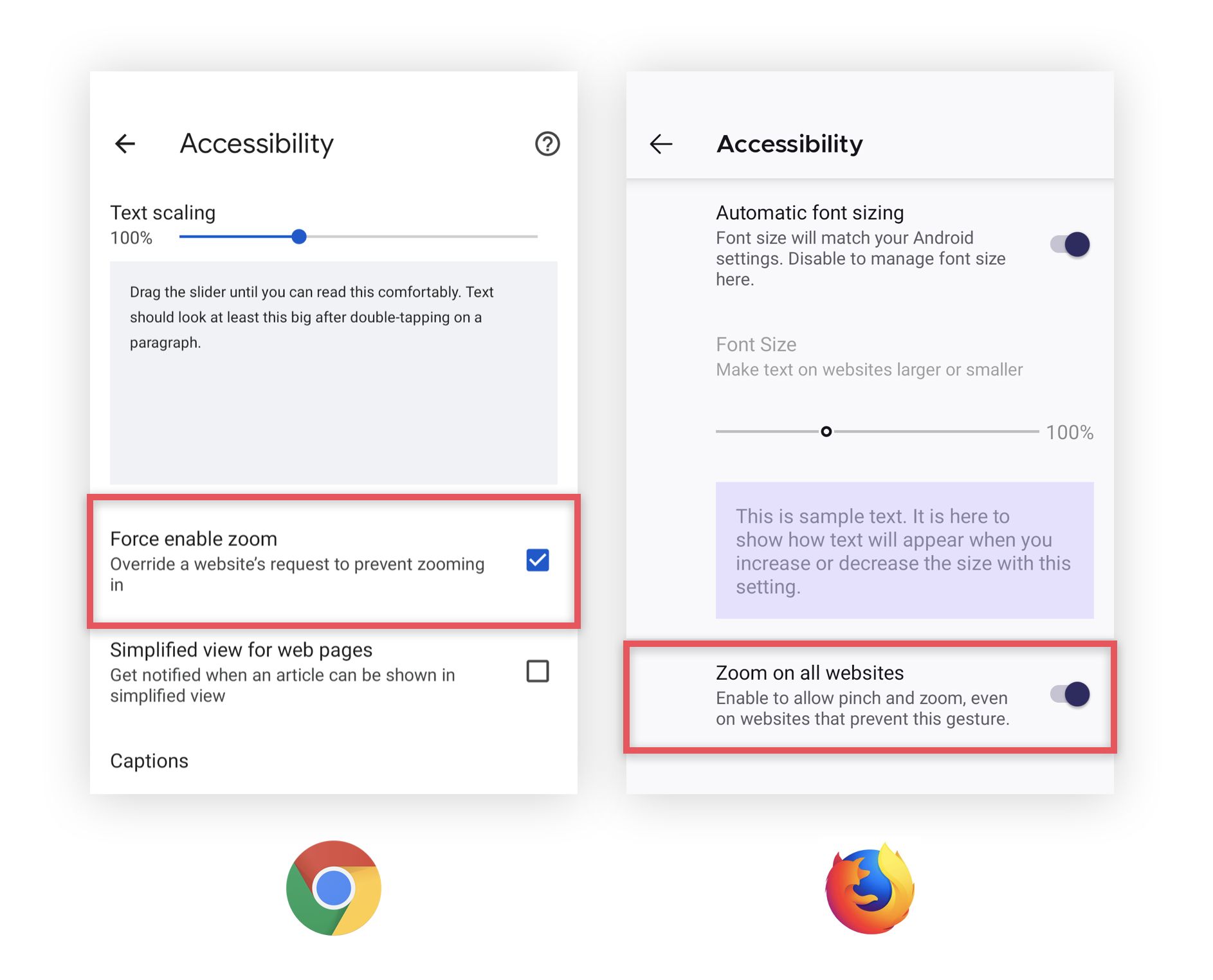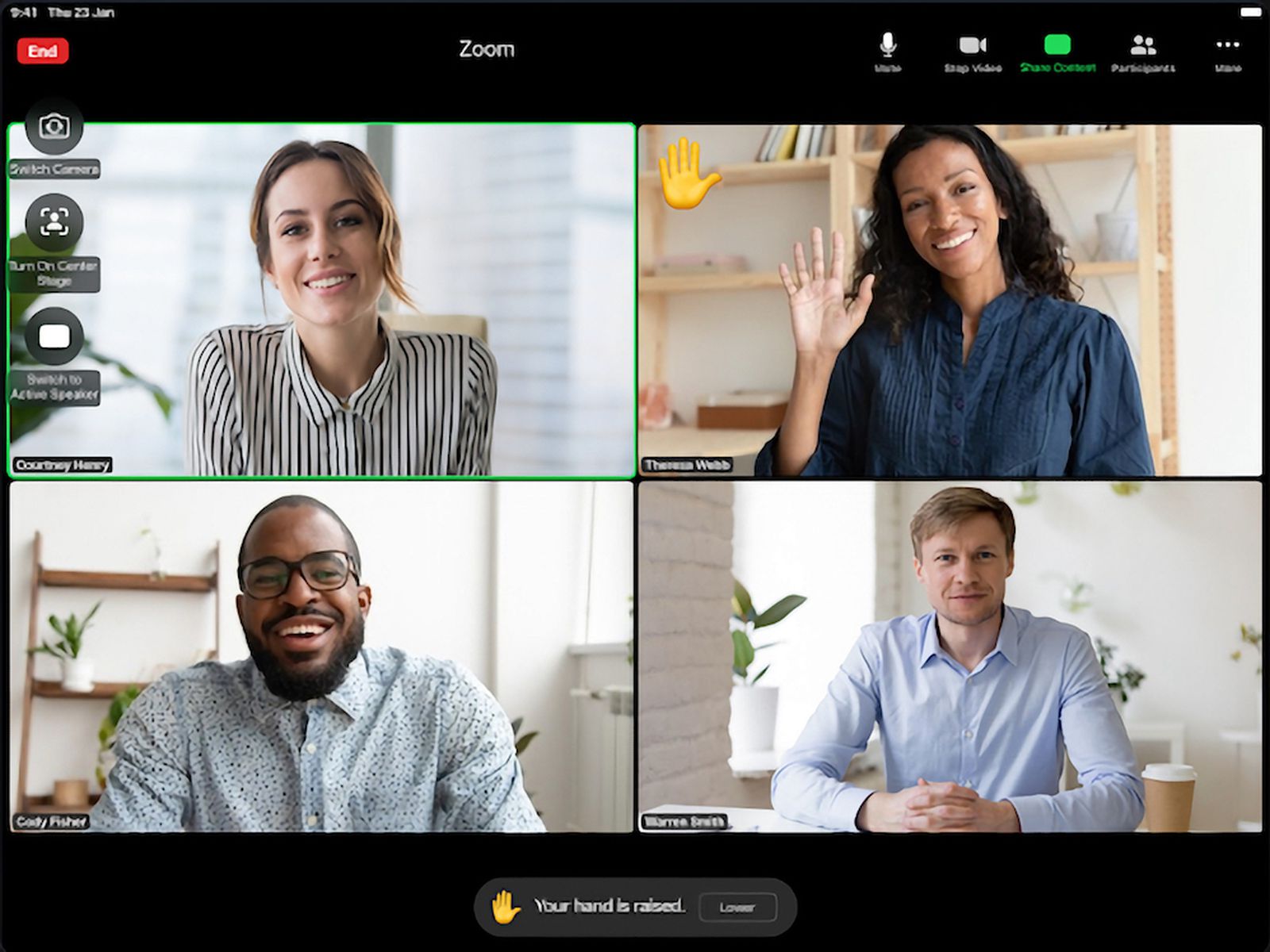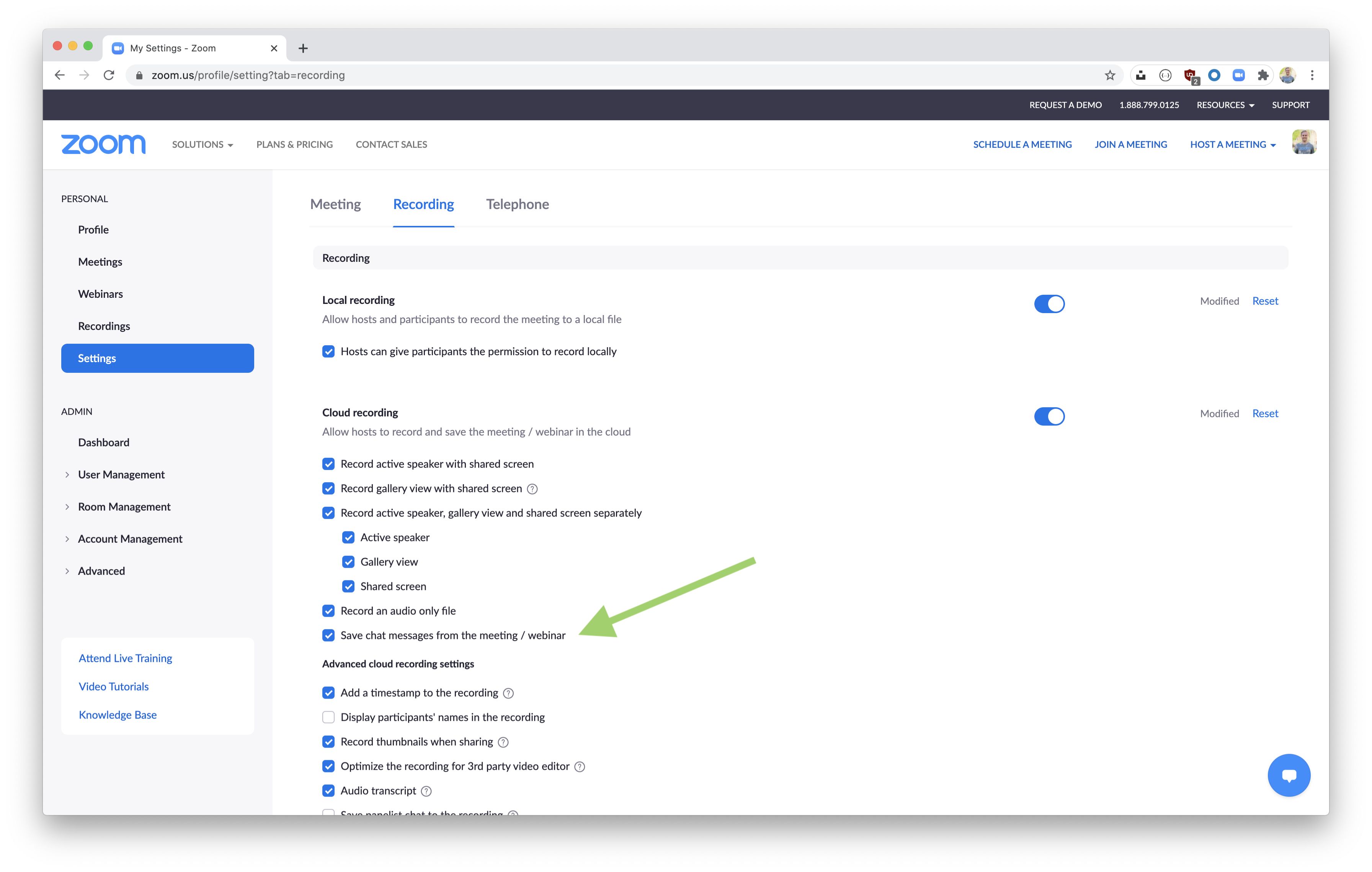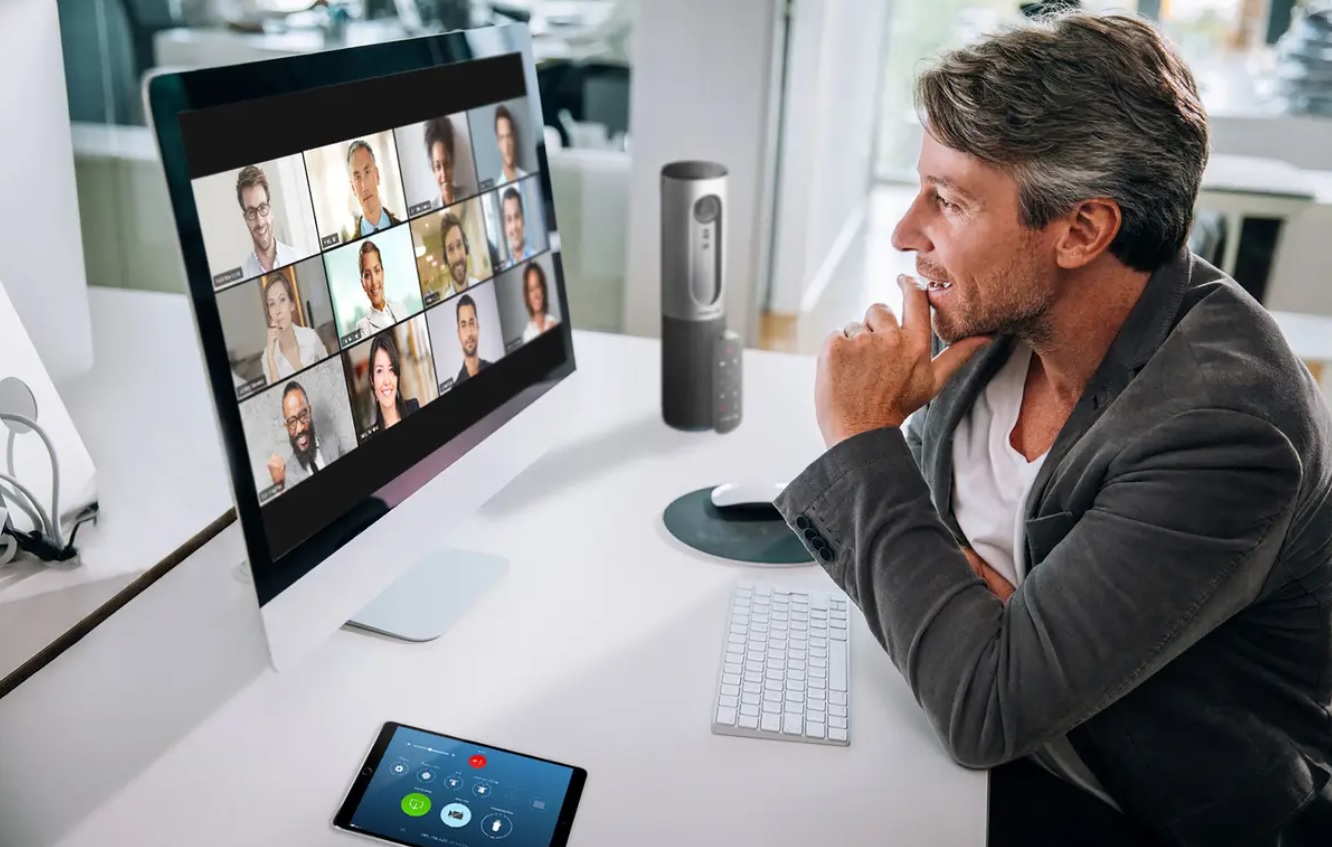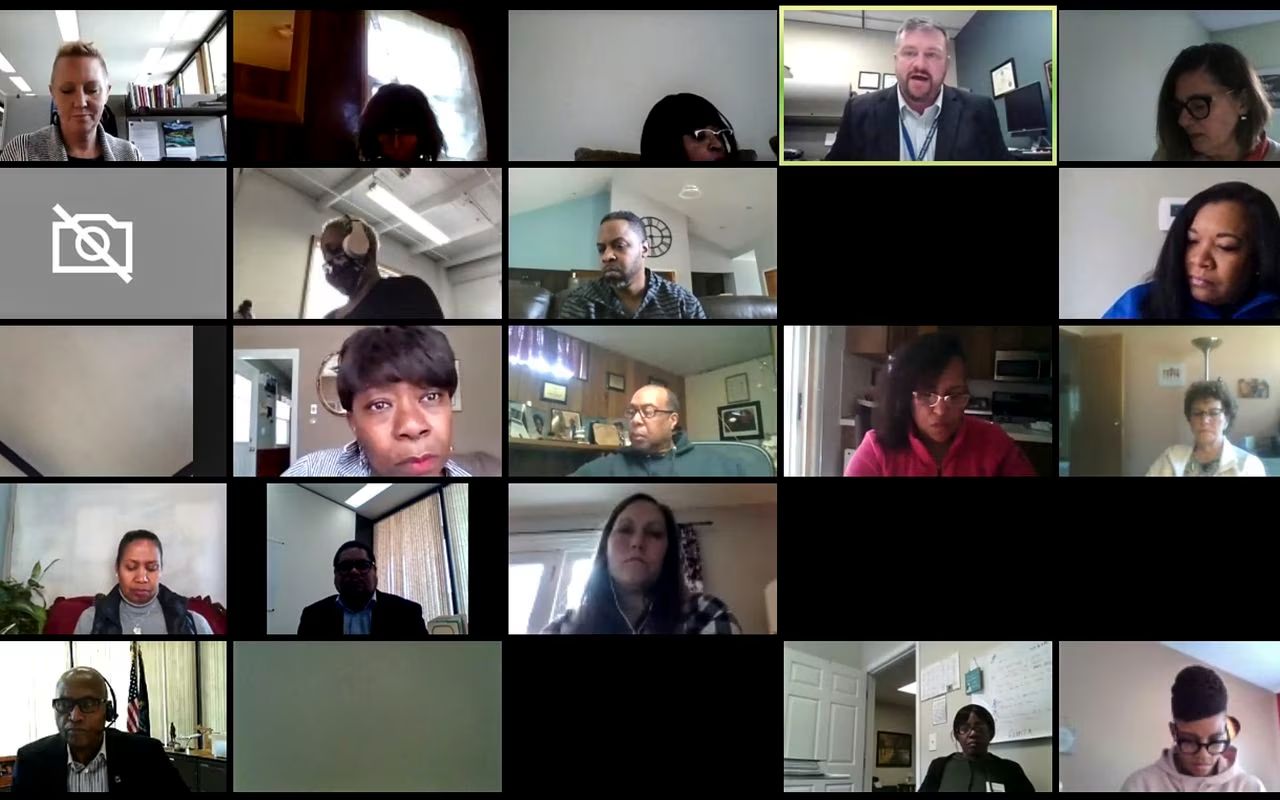Introduction
Welcome to our guide on how to request remote control in Zoom! As the world embraces remote work and virtual meetings, it has become increasingly important to collaborate effectively in online spaces. Zoom, one of the leading video conferencing platforms, offers a handy feature called Remote Control that allows participants to take control of someone else’s screen during a meeting.
Whether you need to troubleshoot a problem, demonstrate a process, or provide guidance, requesting remote control in Zoom can be a powerful tool to enhance collaboration and communication. In this article, we will take you through the step-by-step process of accessing and using the remote control feature in Zoom meetings.
Before we dive into the details, it’s important to note that the remote control feature in Zoom is only available to meeting hosts or participants who have been granted the necessary privileges by the host. Additionally, the host can also choose to disable this feature for security or privacy reasons. So, make sure you have the appropriate permissions before attempting to request or grant remote control.
Now, let’s get started with Step 1, where we’ll show you how to access Zoom’s remote control feature in the first place. So, put on your digital collaboration hat and get ready to take meetings to the next level!
Step 1: Accessing Zoom’s Remote Control Feature
Before you can request remote control in a Zoom meeting, you need to ensure that you have access to this feature. Here’s how you can check and enable remote control in your Zoom settings:
- Login to your Zoom account and navigate to the Settings tab. You can find this tab in the main menu on the left-hand side of the screen.
- Scroll down until you reach the In Meeting (Basic) section and locate the Remote Control option.
- Make sure the toggle switch next to Remote Control is turned on. If it’s already enabled, you can proceed to the next step. Otherwise, click on the toggle switch to enable remote control.
- Once the remote control feature is enabled, click the Save button at the bottom of the page to save your settings.
That’s it! You have now successfully accessed Zoom’s remote control feature. You can now proceed to Step 2, where we will guide you on how to request remote control during a Zoom meeting.
Step 2: Requesting Remote Control in a Zoom Meeting
Once you are in a Zoom meeting and have access to the remote control feature, you can request control of someone else’s screen. Follow these steps to request remote control:
- During the Zoom meeting, locate the Participants button at the bottom of the meeting screen and click on it. This will open the participants panel on the right-hand side of the screen.
- In the participants panel, find the name of the participant whose screen you want to control. Hover over their name, and a menu with options will appear.
- From the menu options, click on Request Remote Control. This will send a notification to the participant, asking for permission to control their screen.
- Once the participant grants you permission, a dialog box will appear on your screen, indicating that you now have remote control. You can interact with the participant’s screen, navigate through files, or perform any necessary actions.
- When you are done with remote control, you can simply click the Release Control button at the top of the Zoom meeting window. This will return control back to the participant.
It’s important to note that even though you have requested remote control, the participant can choose whether or not to grant you access. They have the ability to accept or deny your request based on their preference or the nature of the meeting. Additionally, the host of the meeting has the power to revoke your remote control access at any time.
Now that you know how to request remote control in a Zoom meeting, let’s move on to Step 3, where we will explain how to grant remote control to others in a Zoom meeting.
Step 3: Granting Remote Control to Others in a Zoom Meeting
As a meeting host or participant with the necessary privileges, you can grant remote control to others within a Zoom meeting. This allows them to take control of your screen and interact with it. Follow these steps to grant remote control:
- If you are the host of the Zoom meeting, click on the Participants button at the bottom of the meeting screen. This will open the participants panel on the right-hand side of the screen. If you are a participant, you can skip this step.
- In the participants panel, locate the name of the participant to whom you want to grant remote control. Hover over their name, and a menu with options will appear.
- From the menu options, click on More.
- In the expanded menu, select Allow Remote Control. This will give the selected participant the ability to control your screen.
- The participant will receive a notification asking for their consent to control your screen. Once they accept the request, they will be able to take control of your screen and perform actions as needed.
- As the host or participant who granted remote control, you have the option to take back control at any time. To do this, simply click on the Remote Control button at the top of the Zoom meeting window. This will revoke the remote control access from the participant and return control back to you.
By granting remote control to others, you enable seamless collaboration and empower participants to actively engage in the meeting. However, it’s essential to exercise caution and only grant remote control to trusted individuals to ensure the security and privacy of your screen and information.
Now that you know how to grant remote control in a Zoom meeting, let’s move on to Step 4, where we will explain how to take back remote control in a Zoom meeting.
Step 4: Taking Back Remote Control in a Zoom Meeting
As the host or participant who granted remote control access, you have the ability to take back control of your screen at any time. Follow these steps to regain remote control in a Zoom meeting:
- If you have granted remote control to another participant, locate the Remote Control button at the top of the Zoom meeting window. It will display the name of the participant who currently has control.
- Click on the Remote Control button, and a menu will appear with the list of participants who have remote control access.
- From the list, click on your name or select Take Back Control next to your name. This will revoke remote control from the current participant and return control back to you.
- Once you have taken back remote control, you will regain the ability to interact with your screen as before.
It’s worth noting that when you take back remote control, the participant who had control will receive a notification informing them that their remote control access has been revoked. This allows for a smooth transition of control and ensures that everyone is aware of the change.
Remember, as the host or participant, you have the authority to manage remote control access in a Zoom meeting. You can grant and revoke access as needed to maintain the flow of the meeting and ensure security.
Now that you know how to take back remote control in a Zoom meeting, let’s move on to Step 5, where we will provide some troubleshooting tips for common remote control issues.
Step 5: Troubleshooting Remote Control Issues
While Zoom’s remote control feature is generally reliable, there may be occasions where you encounter some difficulties. Here are some troubleshooting tips to help you resolve common remote control issues:
- Check Permissions: Ensure that you have the necessary permissions to request or grant remote control. The host of the meeting may need to enable this feature for participants.
- Communication: If you are experiencing trouble with remote control, communicate with the host or participant involved. Confirm that they have granted you access, or if you are the host, ask the participant to check their notifications.
- Internet Connection: Stable internet connectivity is crucial for a smooth remote control experience. Ensure that you and the participant have a stable internet connection to avoid lag or delays.
- Update Zoom: Make sure that you are using the latest version of the Zoom application. Updates often include bug fixes and improvements that can resolve remote control issues.
- Restart the Meeting: If problems persist, try restarting the Zoom meeting. Sometimes, technical glitches can be resolved by simply refreshing the meeting or logging out and logging back in.
- Contact Zoom Support: If all else fails, reach out to Zoom Support for further assistance. They can provide specific troubleshooting steps or resolve any technical issues that may be hindering the remote control feature.
Remember, troubleshooting remote control issues may require some trial and error. Exercise patience and open communication with the host and participants to ensure a successful remote control experience.
With these troubleshooting tips, you should be better equipped to address any remote control issues and make the most out of the feature in Zoom meetings.
Now that we have covered troubleshooting tips, let’s wrap up this guide on requesting remote control in Zoom.
Conclusion
In today’s world of remote work and virtual meetings, Zoom has become an essential tool for collaboration and communication. The remote control feature in Zoom adds another layer of interactivity and enables participants to take control of each other’s screens, facilitating seamless collaboration.
In this guide, we have walked you through the steps to request remote control, grant it to others, take it back, and troubleshoot common issues. By following these steps, you can make the most out of Zoom’s remote control feature and enhance your online meeting experience.
Remember, as the host or participant, it’s essential to grant remote control only to trusted individuals and maintain good communication during the process. Privacy and security should always be a priority when requesting or granting remote control.
So, whether you need to troubleshoot a technical issue, demonstrate a process, or provide guidance, requesting remote control in a Zoom meeting can greatly enhance collaboration and improve productivity.
Now that you are equipped with the knowledge of how to request, grant, and take back remote control in Zoom, it’s time to dive in and make your virtual meetings more interactive and efficient. Happy collaborating!










